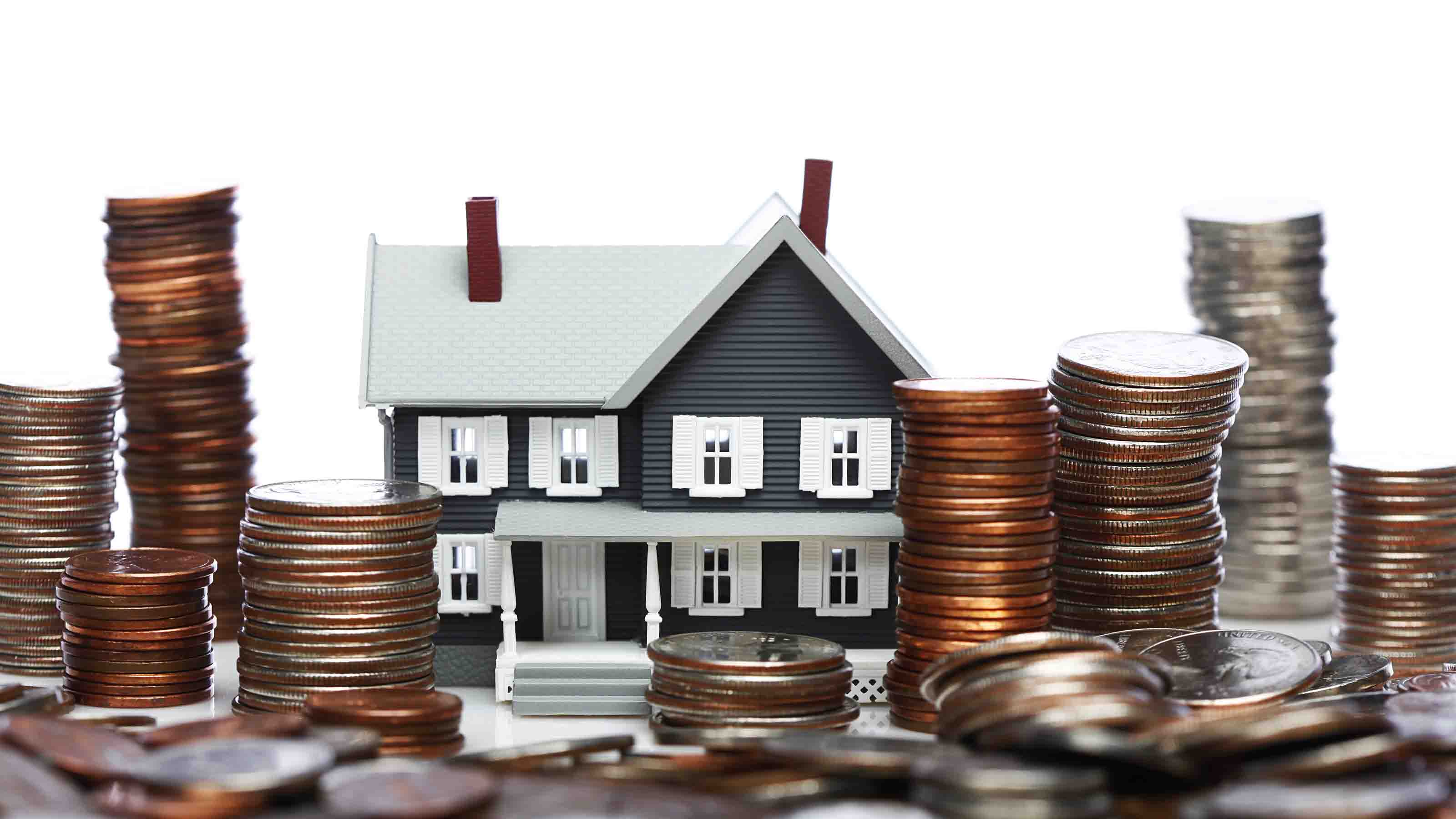No. 1: Houston, Texas
It's the city of big plans and no rules, beat-the-heat tunnels and loop-the-loop highways, world-class museums and wiry cowboys, humidity that demands an ice-cold martini and the biggest damn liquor store on the planet.

COMEBACK KID
Population: 5,542,048
Population Growth Since 2000: 14.9%
From just $107.88 $24.99 for Kiplinger Personal Finance
Become a smarter, better informed investor. Subscribe from just $107.88 $24.99, plus get up to 4 Special Issues

Sign up for Kiplinger’s Free Newsletters
Profit and prosper with the best of expert advice on investing, taxes, retirement, personal finance and more - straight to your e-mail.
Profit and prosper with the best of expert advice - straight to your e-mail.
Percentage of Workforce in Creative Class: 31.3%
Cost-of-Living Index: 88.1 (100 being national average)
Median Household Income: $50,250
Income Growth Since 2000: 13.1%
SEE OUR COMPLETE GUIDE: Best Cities for Your Future
Take Our Walking Tour Through Houston
You can hardly afford not to. Back with a roar after the oil bust of the 1980s, Houston has reclaimed its title as energy capital of the U.S. and added aerospace, technology and medical companies to the mix, generating more than 100,000 jobs in 2007. Not only does the Houston metro area lead the nation in job growth, but also its cost of living stands well below the national average. Housing prices run half those of other metro areas its size.
Houston's comeback didn't happen by accident. "Before the energy business returned, the city made the wise decision to invest in its downtown," says Guy Hagstette, who directs Discovery Green, a new 12-acre park in central Houston. Upgrades include an expanded convention center, a new stadium, a spiffed-up Main Street and a light-rail system.
Those improvements attracted couples and empty nesters, as well as Fortune 500 companies. Laura Van Ness, business director of Central Houston Inc., exchanged her 4,400-square-foot suburban house a few years ago for a condo within shouting distance of Houston's museums, theaters, sports venues and restaurants (and Spec's, the world's largest liquor store). She walks to work -- ducking into the pedestrian tunnels on steamy days -- and comes home to a building with a rooftop pool and spectacular views of the skyline. She could cook, but she doesn't. "When I have a party, I take my platter to the Four Seasons Hotel and have them put appetizers on it."
If dinner on a skewer isn't your style, you could settle in Sugar Land, a fast-growing, family-friendly suburb 20 miles southwest of the city. Sugar Land's penchant for planning borders on the prissy compared with Houston's chaotic energy. But for many, that's the appeal. Attractions include solid schools, a strong local economy and an affluent population (average household income is $133,354, more than twice the national average).
As for housing, Sugar Land defines itself by its master-planned communities, each of which mixes homes, retail and recreation. Houses are affordable: $350,000 will buy you a four-bedroom, two-bath home in the attractive Commonwealth development. Socializing revolves around each community's tennis courts, golf course, pool and clubhouse. "Sugar Land is exactly as it sounds," says Theresa Worsham, who lives in the Sugar Creek community with her husband and two sons. "It's a sweet lifestyle."
Profit and prosper with the best of Kiplinger's advice on investing, taxes, retirement, personal finance and much more. Delivered daily. Enter your email in the box and click Sign Me Up.

-
 A Contrarian Approach Pays Off for This Bond Fund
A Contrarian Approach Pays Off for This Bond FundThe Dodge & Cox Income Fund has outperformed in 2025 thanks to its managers' fearless approach.
-
 How AI Is Changing the Way Americans Spend on Live Events
How AI Is Changing the Way Americans Spend on Live EventsAI bots are reshaping ticket prices, resale markets and how fans shop. Here's what it means for your wallet and how to get the best deals on concerts, sports and shows.
-
 7 Outrageous Ways Retirees Can Invest Their Money in 2026
7 Outrageous Ways Retirees Can Invest Their Money in 2026Stocks and bonds aren't the only ways to invest your retirement "fun money."
-
 How to Search For Foreclosures Near You: Best Websites for Listings
How to Search For Foreclosures Near You: Best Websites for ListingsMaking Your Money Last Searching for a foreclosed home? These top-rated foreclosure websites — including free, paid and government options — can help you find listings near you.
-
 Luxury Home Prices Rise as the Rich Dodge High Mortgage Rates
Luxury Home Prices Rise as the Rich Dodge High Mortgage RatesLuxury home prices rose 9% to the highest third-quarter level on record, Redfin reports, growing nearly three times faster than non-luxury prices.
-
 Four Tips for Renting Out Your Home on Airbnb
Four Tips for Renting Out Your Home on Airbnbreal estate Here's what you should know before listing your home on Airbnb.
-
 Five Ways to Shop for a Low Mortgage Rate
Five Ways to Shop for a Low Mortgage RateBecoming a Homeowner Mortgage rates are high this year, but you can still find an affordable loan with these tips.
-
 Looking to Relocate? Plan for Climate Change
Looking to Relocate? Plan for Climate Changebuying a home Extreme weather events are on the rise. If you’re moving, make sure your new home is protected from climate change disasters.
-
 Retirees, A Healthy Condo Has a Flush Reserve Fund
Retirees, A Healthy Condo Has a Flush Reserve FundSmart Buying Reserve funds for a third of homeowner and condo associations have insufficient cash, experts say. Here are some cautionary steps you should take.
-
 Cash Home Buyers: New Services Offer Help Making All-Cash Offers
Cash Home Buyers: New Services Offer Help Making All-Cash OffersBecoming a Homeowner Some firms help home buyers make all-cash offers on homes. Weigh the fees before you sign on.
-
 Home Sale Prices in the 50 Largest Metro Areas
Home Sale Prices in the 50 Largest Metro AreasBecoming a Homeowner What’s happening in the market where you live?